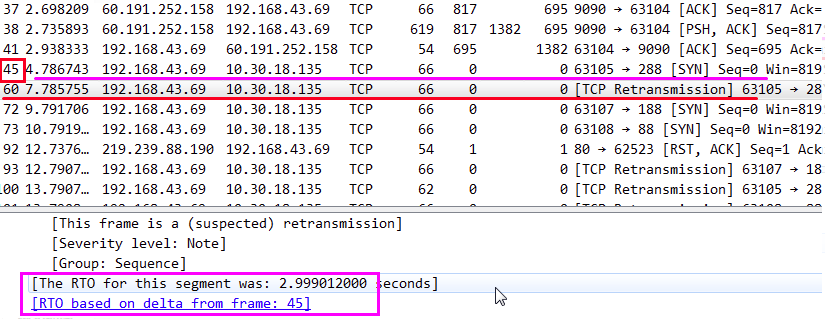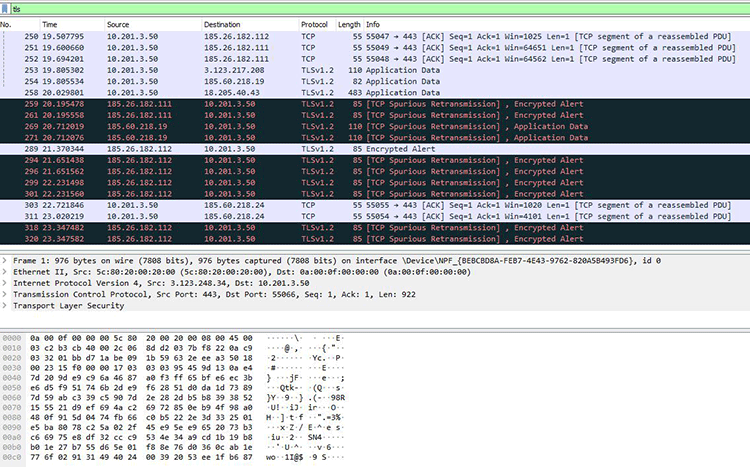

Applications that do not require reliable data stream service may use the User Datagram Protocol (UDP) instead, which provides a connectionless datagram service that prioritizes time over reliability. Three-way handshake (active open), retransmission, and error detection adds to reliability but lengthens latency. The server must be listening (passive open) for connection requests from clients before a connection is established. TCP is connection-oriented, and a connection between client and server is established before data can be sent. Major internet applications such as the World Wide Web, email, remote administration, and file transfer rely on TCP, which is part of the Transport Layer of the TCP/IP suite. TCP provides reliable, ordered, and error-checked delivery of a stream of octets (bytes) between applications running on hosts communicating via an IP network. Therefore, the entire suite is commonly referred to as TCP/IP.

It originated in the initial network implementation in which it complemented the Internet Protocol (IP). The Transmission Control Protocol ( TCP) is one of the main protocols of the Internet protocol suite. Transmission Control Protocol Protocol stack So if the connection was closed, but a packet arrives for it anyway, that should provoke an RST.Principal protocol used to stream data across an IP network It should be sent if, for example, a packet arrives on a connection that is "apparently not intended for the current connection", to quote RFC 793. RST, by itself, means that the sender of the RST believes an error occurred and that the connection should be "reset". There is no special significance to PSH and ACK both being set in the conversation PSH being set has some significance, and, once the connection is established, ACK being set has very little significance. If data arrives that fills the user's buffer before a PUSH is seen, the data is passed to the user in buffer size units. Each time a PUSH flag is associated with data placed into the receiving user's buffer, the buffer is returned to the user for processing even if the buffer is not filled. There is a coupling between the push function and the use of buffers of data that cross the TCP/user interface. The purpose of push function and the PUSH flag is to push data through from the sending user to the receiving user. The data in any particular segment may be the result of a single SEND call, in whole or part, or of multiple SEND calls. There is no necessary relationship between push functions and segment boundaries.

When a receiving TCP sees the PUSH flag, it must not wait for more data from the sending TCP before passing the data to the receiving process. The sending user indicates in each SEND call whether the data in that call (and any preceeding calls) should be immediately pushed through to the receiving user by the setting of the PUSH flag.Ī sending TCP is allowed to collect data from the sending user and to send that data in segments at its own convenience, until the push function is signaled, then it must send all unsent data. The data that flows on a connection may be thought of as a stream of octets. To quote RFC 793, the official specification for TCP:
#Tcp retransmission wireshark means code#
PSH is an indication by the sender that, if the receiving machine's TCP implementation has not yet provided the data it's received to the code that's reading the data (program, or library used by a program), it should do so at that point. In TCP, once the connection is established, all packets sent by either side will contain an ACK, even if it's just re-acknowledging data that it's already acknowledged. ACK means that the machine sending the packet with ACK is acknowledging data that it had received from the other machine.


 0 kommentar(er)
0 kommentar(er)
